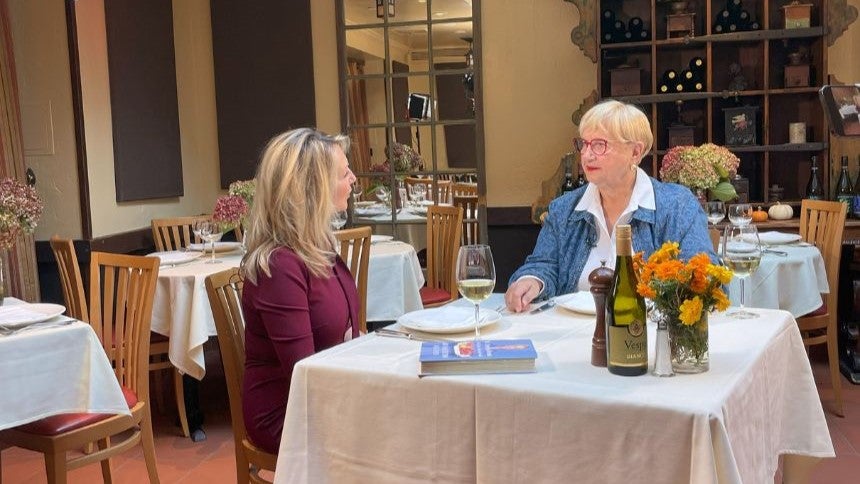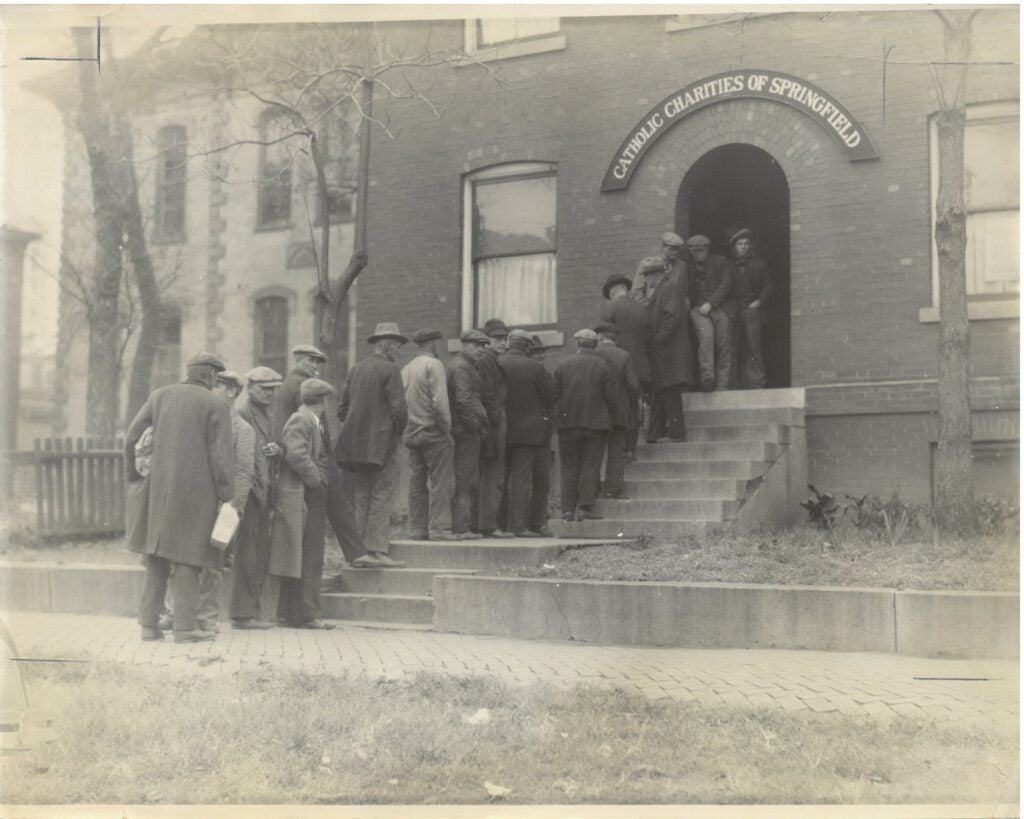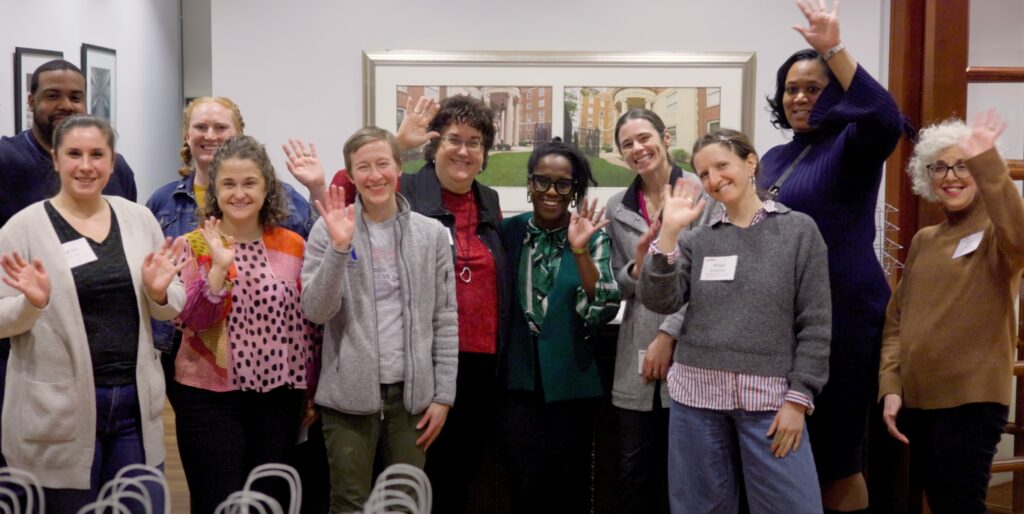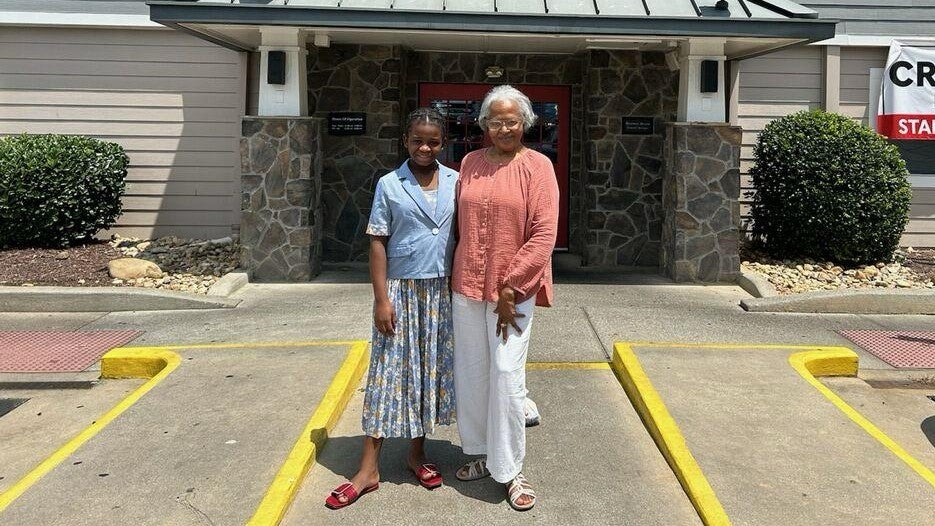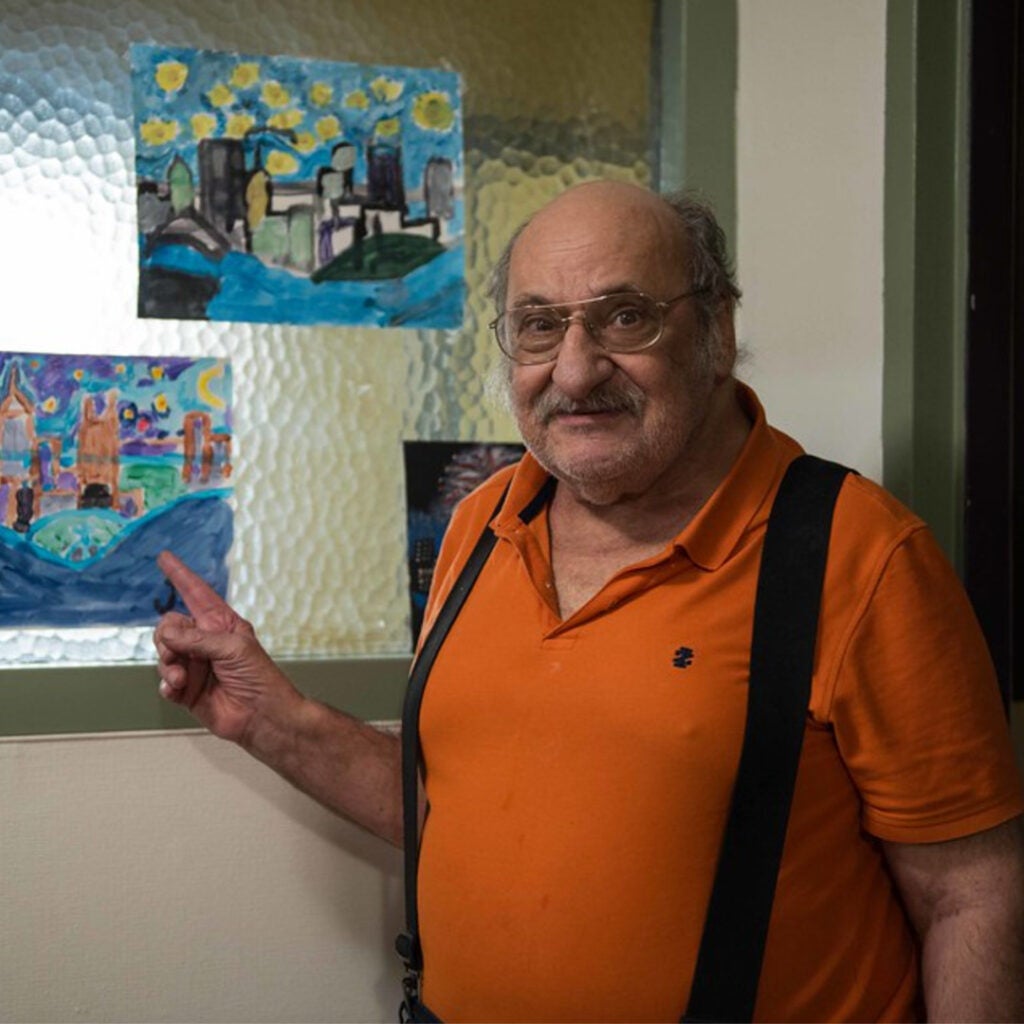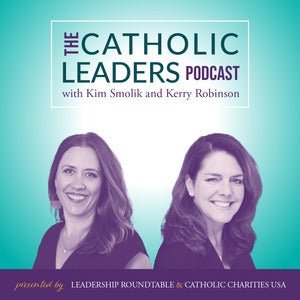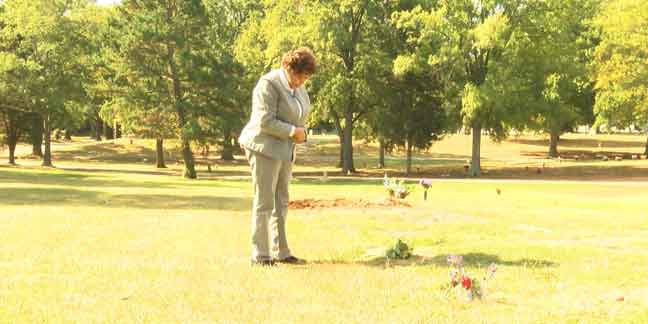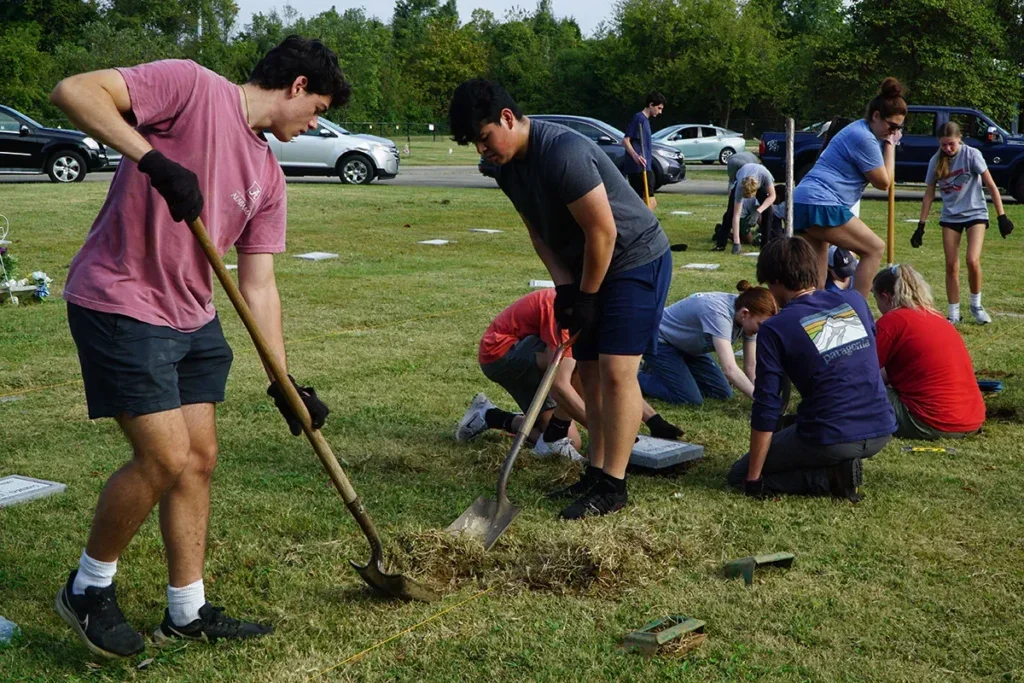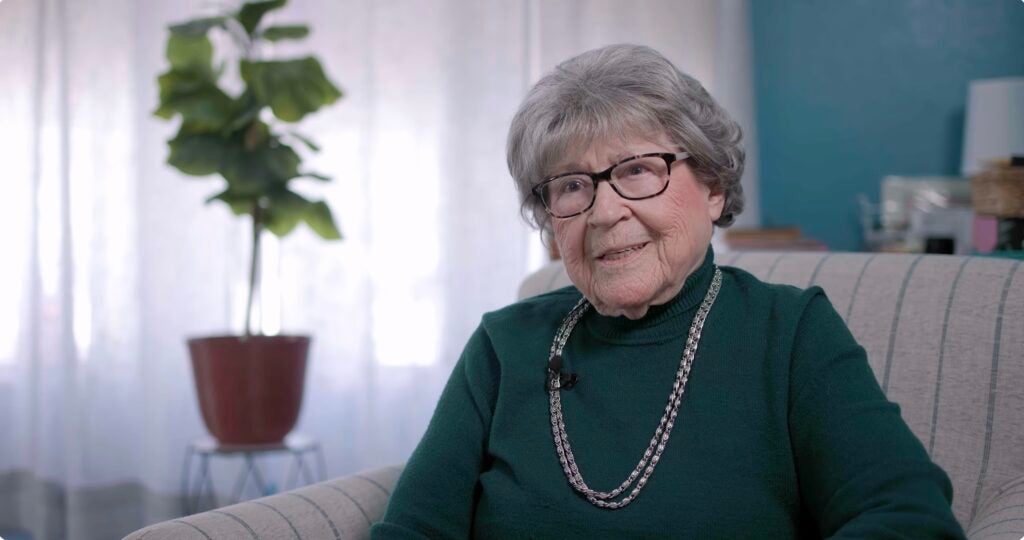
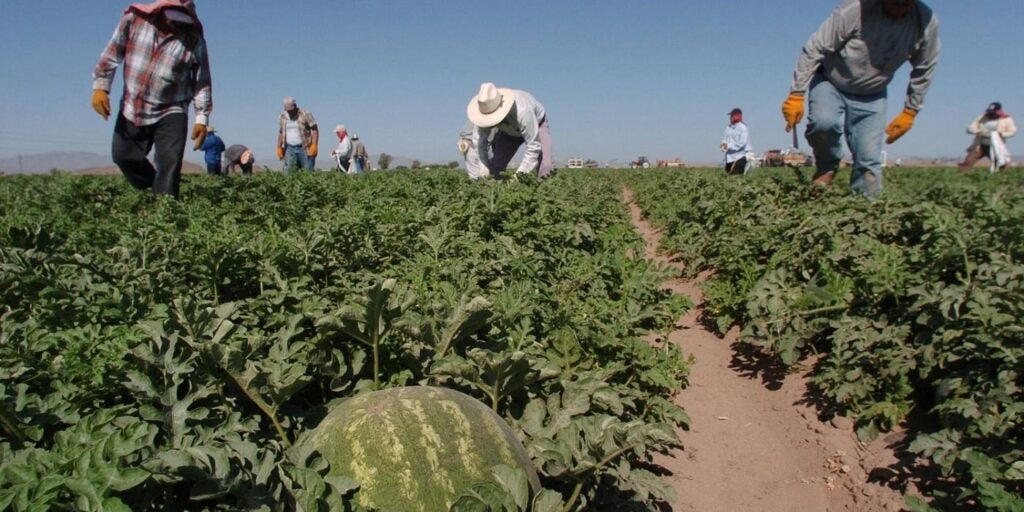
The Great Recession was beginning to tighten its grip in this chronically struggling region. With fewer immigrants seeking services, the leadership of Catholic Charities San Diego (CCSD) wrestled with how to keep the office open that served them.
Today, the El Centro immigration office is the busiest of the four sites that Catholic Charities operates in order to serve migrants in San Diego and Imperial County.
Together, the offices assisted a total of 4,273 immigrants last year, 900 of them in El Centro, to apply for Green Cards, DACA, family-based visas, and citizenship.
The demand has only increased this year as rhetoric and policies targeting immigrants harden.
“Our case managers there are booked more than a month in advance,” said Vanessa Cecena, CCSD’s director of Immigrant Services.
The office stands as a living example of how a community should encounter migrants, stand with them as they work to adapt to their new land, and build on those relationships to help others just beginning that journey. This process can take a long time, as Pope Francis’s campaign Share the Journey underscores, but it’s essential to opposing today’s culture of indifference.
Around 180,000 people live in Imperial County, which covers 4,200 square miles from the eastern suburbs of San Diego, along the border with Mexico, to the Arizona state line. About 84 percent of the population is Hispanic and some 75 percent speaks another language than English at home.
The county is mostly desert, save for the irrigated agricultural fields that have been the backbone of the local economy for generations. Residents endure scorching summer temperatures of more than 100 degrees Fahrenheit.
The seeds of the El Centro office’s dramatic turnaround were planted some 31 years ago, when the U.S. passed the last major immigration reform law in 1986. Among other provisions, it offered a pathway to legalization for special agricultural workers, a significant portion of the county’s workforce.
These immigrants, mostly from Mexico, needed a place to go to begin the complicated bureaucratic journey toward legalization. That’s when Catholic Charities sought the special training necessary to become accredited by the U.S. government to provide immigration services.
To this day, the office in El Centro remains the only non-profit, accredited provider of immigration services in Imperial County.
That’s significant because without that office, immigrants have only two options. They can use “notarios,” notaries with no special immigration training and a history of committing fraud. Or they can hire immigration attorneys, whose fees can climb into the thousands of dollars.
Agricultural work is seasonal and it’s common for farmworkers to have two, three or more jobs in a year, if they can even find one. In June, the county’s official unemployment rate of 20.8 percent was not only the highest in the California, but also in the country.
The Great Recession never really lifted in the Imperial Valley.
Last year, the county’s official per capita income was $16,143, about half the national average, and one out of four people lived below the federal poverty line.
“The jobs never came back,” said Father Mark Edney, who leads two parishes that form the El Centro Catholic Community.
Francisco Barbosa remembers the economic downturn. He’s lived in Imperial County for 10 years, and has been the senior case manager at the Catholic Charities office for nine of them.
A boom in home construction turned to bust, pushing many workers back to the fields. Companies laid off workers or closed altogether. Families that had managed to buy a house, many using sub-prime loans, lost them to foreclosure. The number of homeless soared, among them women and children.
Barbosa said it was difficult for farmworkers and other low-income residents to raise enough money to pay the fees to apply for immigration benefits. For instance, the fee to apply for legal permanent residency is between $600 and $800.
Fewer people knocked on his door. Even so, CCSD committed to keeping the office open and Barbosa and a part-time secretary helped as many people as possible.
“We’re immigrants,” he said. “We have a tendency to understand the difficulty of living out here.”
He explained that his father had immigrated to the United States and had struggled to support his own family as well the one he left behind in Mexico. Ultimately, his father became a U.S. citizen, a process the son now helps others to complete.
In addition, Barbosa processes special visas that help survivors of domestic violence and human trafficking, mostly women.
When he first meets these clients, he said, they are victims. With his expertise and support, they become legal residents and some eventually U.S. citizens, all the while sharing their journey with him.
“Those are the kinds of cases that you can’t forget,” he said. “They motivate me to keep going.”
A few years ago, the U.S. government began allowing people who could prove they had a low income to apply for immigration benefits without having to pay the fee.
The so-called “fee waiver” was a game-changer. Poverty was no longer a barrier to becoming a legal permanent resident or U.S. citizen.
Another barrier to applying for benefits was length of continuous residency in the U.S. Many immigrants routinely left the United States to visit their homeland for months at a time, then returned. An update to the immigration law in 1996 imposed a harsh penalty for doing so, which encouraged migrants to settle in the U.S. for good.
Time, too, began to ease another barrier to qualifying for U.S. citizenship: the ability to handle basic English. Immigrants who first had legalized as young people through the 1986 reform law were beginning to reach the age of at least 55 and had lived as legal permanent residents for at least 15 years. Once they reached both of those milestones, they could take the required citizenship test in their native language.
Together, these factors set the stage for more immigrants seeking services, particularly applying for citizenship. And it was natural for them to turn to the trusted office that likely had first assisted them years ago or their family members or friends.
As more did so, Catholic Charities responded by beefing up its staffing. Today, the office has three case managers, one full-time clerk and a part-time one.
But it’s more than having the right mix of bilingual staff that makes the office successful, said Robert Moser. He helped immigrants begin their legalization journey after Congress passed the 1986 law and now serves as the executive director of CCSD.
Over the years, the office has developed a good relationship with U.S. Citizenship and Immigration Services (USCIS), he said. In fact, Catholic Charities hosts the bimonthly meeting at its office between USCIS and other non-profit organizations that serve immigrants.
Another barrier to seeking immigration services is fear of being picked up. Law enforcement has a heavy presence in Imperial County.
“But because we have a good relationship with USCIS, they have left our facilities alone,” Moser said. “People can feel secure coming to our place.”
(This article, written by Aida Bustos, associate director of media relations, Diocese of San Diego, appeared originally in the fall 2017 issue of Charities USA magazine.)
